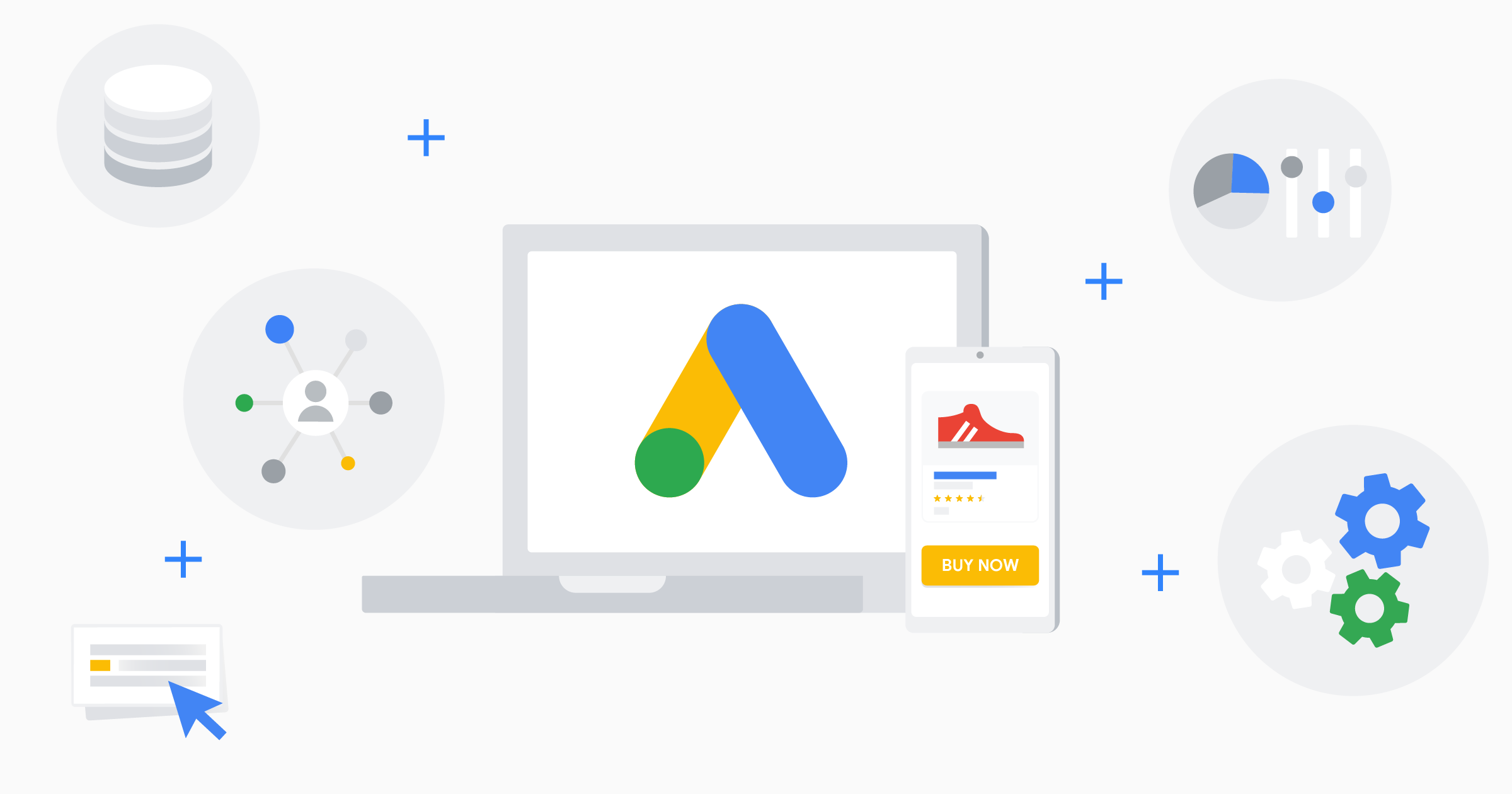
Advertising networks are platforms that connect advertisers with publishers, enabling the placement of advertisements on websites, blogs, and other online content. These networks act as intermediaries, allowing bloggers and website owners (publishers) to monetize their traffic by displaying ads provided by advertisers. The ads can come in various formats, including banners, text ads, videos, and native ads, and are usually placed strategically within the content to attract the attention of visitors.
1. Introduction to Advertising Networks
The rise of digital advertising has given birth to numerous advertising networks, with Google AdSense being one of the most well-known. These networks have made it easier for publishers to earn money without directly negotiating with advertisers. For many bloggers and website owners, joining an advertising network is one of the first steps toward monetizing their online content. The revenue generated from advertising networks can vary greatly, depending on factors such as the amount of traffic a site receives, the geographic location of visitors, the niche of the content, and the type of ads displayed.
2. How Advertising Networks Work
Advertising networks function by aggregating a large number of advertisers who are looking to promote their products or services and matching them with a wide array of publishers who want to monetize their content. Here’s a step-by-step breakdown of how this process typically works:
a. Sign-Up and Approval Process
To start earning money through an advertising network, a publisher must first sign up for the network. During this process, the publisher provides details about their website or blog, including its niche, traffic statistics, and content quality. Most advertising networks have an approval process to ensure that the websites meet their standards. This process often involves a review of the website’s content, layout, and user experience to ensure that it aligns with the network’s guidelines.
b. Ad Code Implementation
Once approved, the network provides the publisher with a piece of code, known as an ad tag, which needs to be inserted into the website’s HTML. This code is responsible for displaying ads on the site. Publishers can choose where to place the ads on their site, such as in the header, sidebar, within content, or as pop-ups. The placement of ads is crucial because it impacts how often the ads are seen and clicked by visitors.
c. Ad Targeting and Display
Advertising networks use sophisticated algorithms and data analytics to determine which ads are most relevant to the visitors of a particular website. This targeting can be based on factors such as the visitor’s location, browsing history, interests, and the content of the webpage itself. For instance, a blog about technology might display ads related to gadgets, software, or online courses. The more relevant the ad, the higher the chances that visitors will engage with it, thereby increasing the potential earnings for the publisher.
d. Revenue Models

Advertising networks typically operate on one or more of the following revenue models:
- Cost Per Click (CPC): In this model, the publisher earns money each time a visitor clicks on an ad. The amount earned per click can vary depending on the advertiser’s budget, the competition for that ad space, and the relevance of the ad to the content.
- Cost Per Thousand Impressions (CPM): With CPM, the publisher earns money based on the number of times an ad is displayed to visitors, regardless of whether they click on it. The “thousand impressions” refers to the ad being viewed 1,000 times. CPM rates can fluctuate based on the ad’s visibility, the audience’s demographic, and the website’s niche.
- Cost Per Acquisition (CPA): In the CPA model, the publisher is paid when a visitor completes a specific action after clicking on an ad, such as making a purchase or signing up for a newsletter. This model often offers higher payouts but is more challenging to achieve since it requires the visitor to take additional steps beyond just clicking on the ad.
3. Maximizing Earnings from Advertising Networks
To maximize earnings from advertising networks, publishers must focus on several key areas:
a. Increasing Website Traffic
The more visitors a website attracts, the higher the potential earnings from ads. Publishers can increase traffic through various strategies such as search engine optimization (SEO), content marketing, social media promotion, and email marketing. Quality content that is engaging, informative, and regularly updated is essential to attracting and retaining visitors.
b. Optimizing Ad Placement
The placement of ads on a website significantly impacts their visibility and click-through rates (CTR). Ads placed above the fold (the area of the webpage visible without scrolling) typically perform better than those placed below the fold. Similarly, ads embedded within content, such as within articles or near images, often attract more attention. However, publishers must balance ad placement with user experience to avoid cluttering the site or annoying visitors, which could lead to higher bounce rates.
c. Choosing the Right Ad Formats
Different ad formats can yield different results, depending on the website’s design and audience. For instance, banner ads might work well on visually oriented sites, while text ads might be more effective on blogs with long-form content. Publishers should experiment with various ad formats, such as display ads, native ads, and video ads, to see which ones perform best on their site.
d. Targeting High-Value Keywords
For CPC-based revenue models, the value of a click can vary widely depending on the keywords associated with the ad. High-value keywords, often related to industries like finance, technology, or health, tend to command higher CPC rates. Publishers can increase their earnings by creating content that targets these high-value keywords, thereby attracting more lucrative ads.
e. Improving Website Speed and Mobile Responsiveness
A fast-loading website and a mobile-friendly design are critical for both user experience and ad performance. Slow-loading pages can deter visitors and reduce the number of ad impressions, while a non-responsive design can lead to lower engagement on mobile devices. Given that a significant portion of web traffic now comes from mobile users, ensuring that ads are properly displayed and functional on mobile devices is essential for maximizing earnings.
4. Challenges and Considerations in Using Advertising Networks
While advertising networks offer a straightforward way to monetize a blog or website, there are several challenges and considerations that publishers must be aware of:
a. Revenue Fluctuations
Earnings from advertising networks can be inconsistent, as they depend on factors like traffic volume, ad performance, and seasonal variations in ad spending. For example, advertisers may increase their budgets during holiday seasons, leading to higher CPM and CPC rates, but these rates may drop during less active periods. Publishers need to be prepared for these fluctuations and consider diversifying their income streams to mitigate the impact.
b. Ad Blockers
The increasing use of ad blockers by internet users poses a significant challenge to publishers relying on advertising networks. Ad blockers prevent ads from being displayed, reducing the number of impressions and clicks, and consequently, the publisher’s earnings. To counter this, some publishers implement strategies such as asking visitors to whitelist their site, using less intrusive ad formats, or offering ad-free experiences in exchange for a subscription fee.

Get involved!
Comments